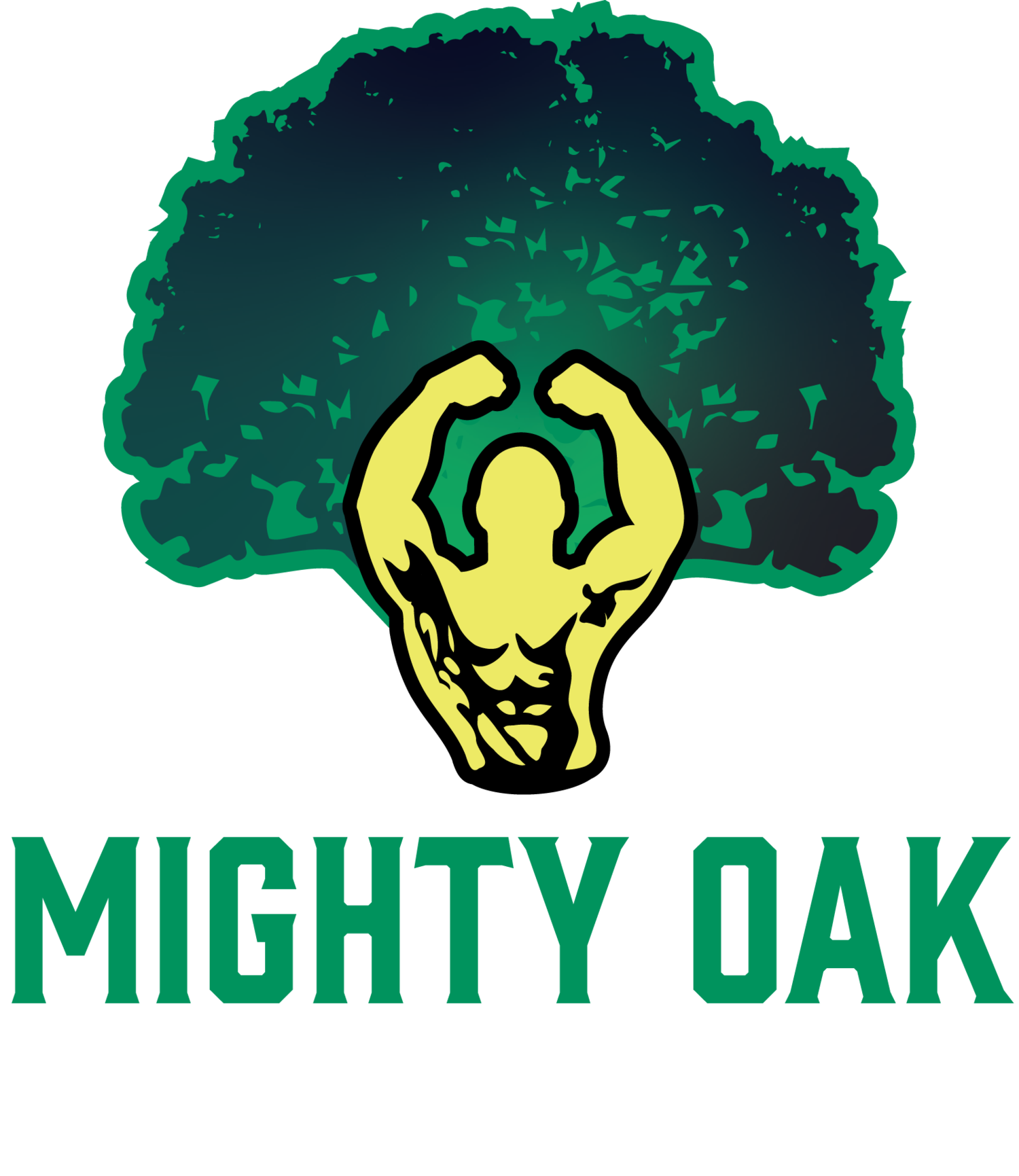From Fire Logs to Cow's Head: Four Movements for Athletic Hip Mobility
The Essential Hip Mobility Exercises Every Athlete Needs
In the realm of sports performance and injury prevention, the role of hip mobility and flexibility cannot be overstated. As the foundation of our body's movement, the hips are crucial in allowing athletes to perform at their peak, providing the necessary range of motion for running, jumping, and changing direction quickly. Moreover, enhanced hip mobility and flexibility can significantly reduce the risk of injuries by alleviating undue stress on the lower back, knees, and surrounding muscles. This essay delves into the importance of hip mobility and flexibility in sports performance and outlines four essential movements to enhance these attributes: the lying figure four stretch, seated fire logs, cow's head, and pigeon pose.
The Importance of Hip Mobility and Flexibility
Hip mobility refers to the ability of the hip joints to move freely through their full range of motion without restriction. Flexibility, on the other hand, involves the length of the muscles surrounding the hip and their ability to stretch. Together, these elements are paramount for optimal sports performance. Athletes with restricted hip mobility may experience decreased speed, power, and agility, which can hinder their competitive edge. Moreover, poor hip flexibility can lead to compensatory movements, increasing the risk of strain and injury in other parts of the body, such as the lower back and knees.
Hip Mobility Movements
1. Lying Figure Four Stretch
The lying figure four stretch targets the piriformis and glute muscles, essential for hip rotation and stability.
- How to Perform: Lie on your back with both knees bent and feet flat on the ground. Cross your right ankle over your left knee, creating a "4" shape. Gently pull your left thigh towards your chest until you feel a stretch in your right hip. Hold for 30 seconds, then switch sides.
2. Seated Fire Logs
This movement stretches the outer hips and glutes, crucial for lateral movements in sports.
- How to Perform: Sit on the floor with your legs extended in front of you. Stack your right leg on top of your left, so your right ankle rests on your left knee and your right knee on your left ankle. Sit tall, and if you feel a deep stretch in your hips, stay here, or lean forward to intensify the stretch. Hold for 30 seconds, then switch the leg position.
3. Cow's Head
Cow's head pose targets the hips and thighs while also stretching the shoulders.
- How to Perform: Sit with your knees bent and slide your left foot under your right knee to the outside of your right hip. Then, stack your right knee on top of your left, bringing your right foot to the outside of your left hip. Ensure your heels are equidistant from your hips. Sit evenly on your sitting bones and hold for 30 seconds before switching sides.
4. Pigeon Pose
Pigeon pose is excellent for opening the hip flexors and the gluteal muscles.
- How to Perform: Begin in a tabletop position. Bring your right knee forward to touch your right wrist while angling your right shin under your torso and bringing your right foot to your left hip. Slide your left leg back, straightening the knee, and point your toes. Gently lower your torso down for a deeper stretch. Hold for 30 seconds to a minute before switching sides.
Incorporating these hip mobility movements into a regular training routine can lead to significant improvements in sports performance and a reduction in injury risk. By dedicating time to enhance hip mobility and flexibility, athletes can ensure their body's foundation is strong, stable, and ready to tackle the demands of their sport. As the cornerstone of athletic movement, healthy hips can help athletes reach their full potential, embodying the strength and resilience of a Mighty Oak.
